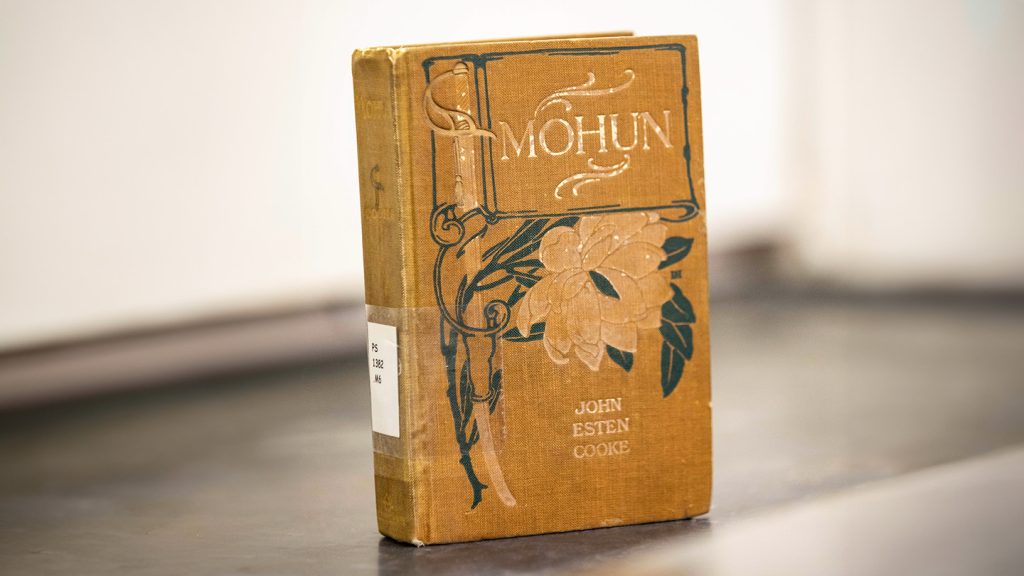Researchers at Lipscomb University recently found toxic heavy metals such as lead, chromium, and arsenic in the covers of some old books in their university’s main library. Leila Ais, an undergraduate student studying biochemistry, presented the team’s findings at the American Chemical Society meeting in Denver. Using a handheld X-ray fluorescence spectrometer, they identified the presence of metal compounds in the covers of 26 books and conducted additional laboratory studies to determine the amount of each compound.
These toxic compounds were found in the golden-yellow covers of some books, specifically crocoite and lead sulfate, which are components of the pigment chrome yellow. Chrome yellow is a pigment that contains lead and chromium, and it is known to be toxic. The concentration of chromium in the most metal-rich book cover was found to be around 50 parts per million, exceeding the levels that can cause skin reactions according to the U.S. Centers for Disease Control and Prevention. Artists like Vincent van Gogh have used chrome yellow pigments in their works, such as the sunflowers series.
Despite the presence of toxic metals in these book covers, the risk to library patrons is low. Chrome yellow pigments do not easily flake off the covers, reducing the likelihood of inhaling particles or transferring the heavy metals to hands. However, other pigments, such as arsenic-based emerald green, pose a greater risk as they can flake more easily and lead to potential exposure to harmful toxins. The Poison Book Project, a research initiative focused on identifying toxic pigments in book covers, is working on addressing these risks.
The team at Lipscomb University plans to contribute their findings to the Poison Book Project after conducting additional tests. In the meantime, the library staff has taken precautions by sealing books that may contain harmful compounds in plastic bags and removing known toxic books from circulation. This proactive approach aims to ensure the safety of library patrons and raise awareness among librarians about the potential risks associated with handling old books. By highlighting the presence of toxic heavy metals in old book covers, this research underscores the importance of caution and proper handling of vintage books to prevent exposure to harmful compounds and protect public health. Researchers, librarians, and conservationists are working together to address the potential risks posed by toxic pigments in historical books and develop strategies to preserve these valuable artifacts safely for future generations.















